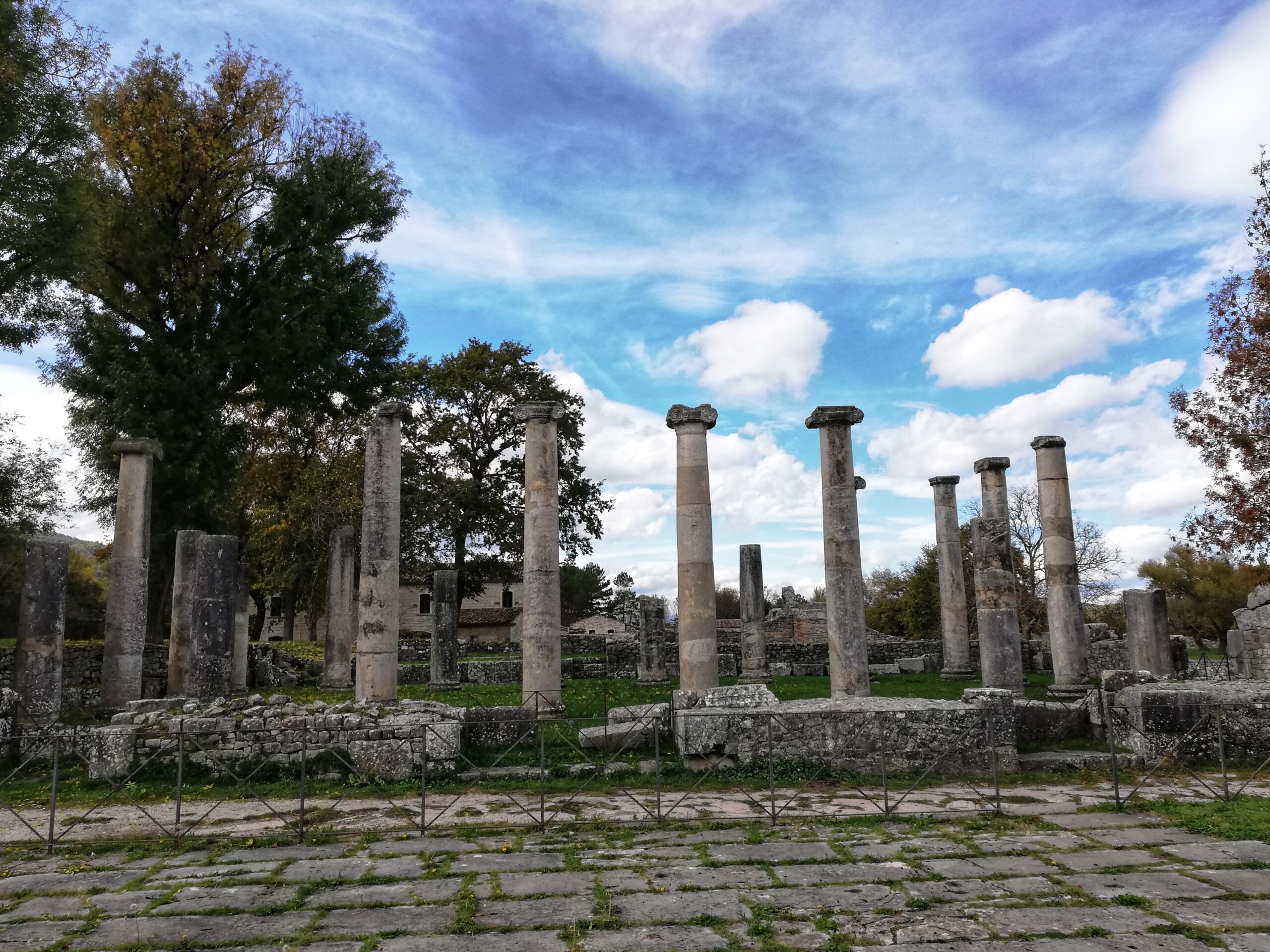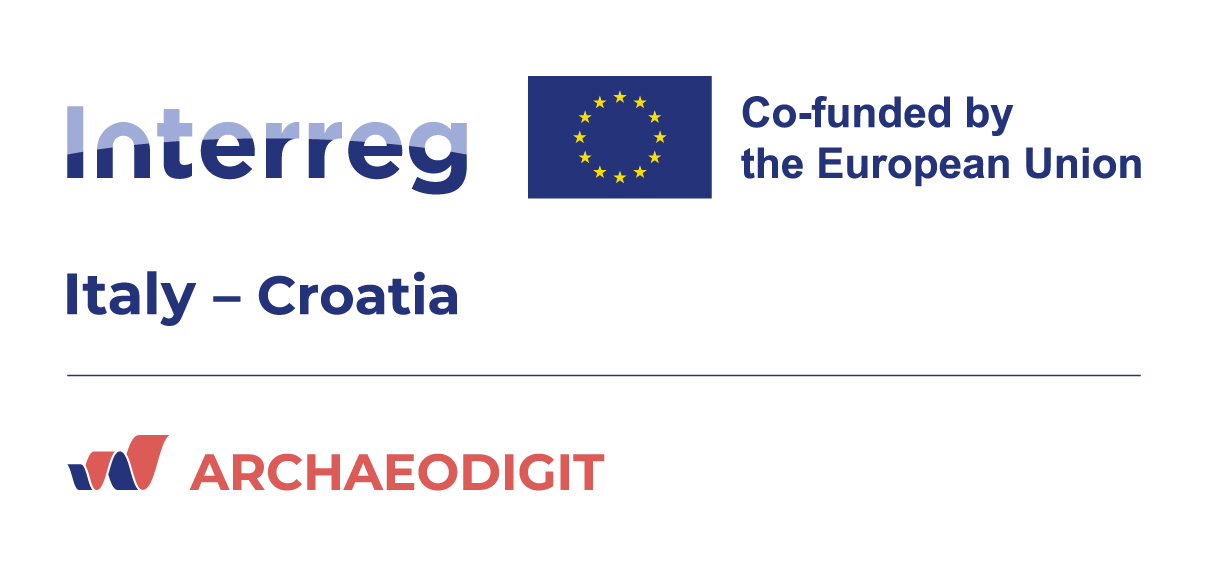ARCHAEODIGIT
- Municipality of Macerata
- Juraj Dobrila University of Pula
- ETT S.p.A.
- Forum of the Adriatic and Ionian Chambers of Commerce
- Archaeological Park of Sepino
- Municipality of Omišalj
- Municipality of Kastela
ARCHAEOlogical DIGITal paths for an inclusive and sustainable tourism
Croatia and Italy are rich of archaeological sites of priceless historical and cultural value, sometimes located near seaside destinations, more often in inland areas. In both countries, this heritage shares an extraordinary potential to generate significant tourism flows, nevertheless exploited in a very limited way. Indeed, current ways of preservation and valorisation still rely on elitist practices, able to attract essentially archaeology lovers and school classes, thus excluding many categories of potential visitors.
ARCHAEODIGIT will respond to the need of modernising current management practices, by producing an innovative and effective Methodology of preservation, interpretation and valorisation of archaeological areas. The Methodology envisages an integrated strategy – involving all stakeholders from the territorial tourism ecosystem – to attract new visitors: online promotion of off-season itineraries with on-site interactive exhibits and applications; use of appealing interactive and immersive technologies (e.g Metaverse, AR); creation of digital cultural path combining archaeological goods with intangible assets and tourist information.
The project, funded by the INTERREG VI-A Italy–Croatia 2021–2027 Programme, will run for 30 months (from 01/02/2024 to 31/07/2026) and involves eight organisations from both Italy and Croatia.
The project also foresees activities providing (future) cultural and touristic operators with the advanced skills needed to effectively use the Methodology and the other main project outputs (digital Platform and Joint Strategy). The adoption of the new Methodology will lead to the growth of visitors to archaeological areas, fostering cross-border archaeological itineraries, thus contributing to: 1) enhance the competitiveness and resilience of the tourism sector; 2) sustain its recovery from the Pandemic; 3) mitigate the high seasonality pressure characterizing the coastal tourist areas, diverting tourism flows to neighboring inland areas and promoting off-season itineraries. Cross-border collaboration and co-creation approach ensures immediate applicability and replicability of outputs in other territories.
The overall aim is to enhance the capacity of preserving, interpreting and valorizing the archaeological heritage of the Programme Area, also in terms of opportunities for a sustainable tourism. This will be achieved by developing an innovative Methodology and an integrated Strategy for managing archaeological areas (also relying on interactive and immersive technologies) and by providing (future) cultural and touristic operators with the advanced skills needed to effectively use these tools.
ETT is responsible for coordinating the participatory design process of the ARCHAEODIGIT platform, a shared tool for enhancing cultural heritage and promoting local tourism services. In addition to developing the platform, ETT will oversee the technological aspects and user experience design of the pilot actions implemented at the participating sites.


